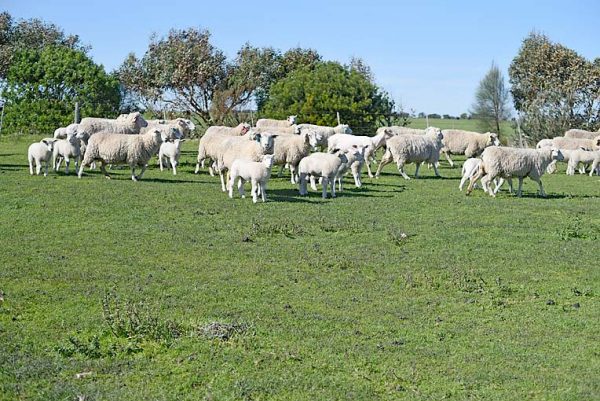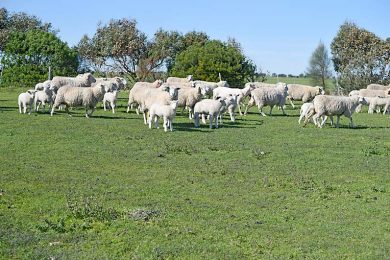

WHILE agriculture, forestry and fishing remain the Limestone Coast’s biggest employers, retail work in the Blue Lake city is booming.
Accounting for a massive 12.8pc of Mount Gambier’s 19,125 jobs, the sector is well above the state average for employment by almost 4pc.
The Australian Bureau of Statistics has released data which shines a spotlight on the region’s growth between the 2011/12 and 2016/17 financial years, with industry growth recorded across the state.
More than 22,000 residents are employed in 33,000 positions across Mount Gambier, Grant and Wattle Range council areas, with a number of multiple job holders.
The statistics also show a staggering 11.4pc of the three local government areas work in agriculture, forestry and fishing.
Businesses of 200 or more employees topped the job ranks, employing more than 32pc of the community.
Also bucking the statewide trend, healthcare and social assistance only accounts for 11.5pc of Mount Gambier’s workforce, in comparison to South Australia’s 12pc.
Regional Development Australia Limestone Coast chief executive officer David Wheaton said although healthcare and social assistance was below the average, he projected the industry would continue its rapid growth.
“Healthcare and social assistance accounts for approximately 3200 jobs – or 10.9pc of total employment across the Limestone Coast – growing at 2.2pc annually between 2011 and 2016, faster than non-metro South Australia’s 0.8pc,” Mr Wheaton said.

“Much of this is driven by growth in the private sector.
“With an ageing population, there is likely to be growing demand for services like aged care as well as specialized and allied health services such as occupational therapy, psychology and physiotherapy.”
Although the world is gearing itself towards science, technology, engineering and mathematics based industries, the Limestone Coast does not meet the state average when it comes to employment in the sectors.
Mr Wheaton said these “blackspots” could become a hurdle for the region if not addressed and overcome.
“The Limestone Coast has blackspots across the region that are impacting on the productivity and competitiveness of critical industries, including forestry and agriculture,” he said.
“With existing coverage levels, investment in new digital and data technologies that can enhance productivity and improve competitiveness in global markets is significantly reduced.
“Failure to invest in these technologies will ultimately lead to job losses, whereas overcoming the blackspot issues will provide the environment to encourage investment, along with industry growth and employment.”
Mr Wheaton also praised the region’s booming agriculture, forestry and fishing industries.
“The value of farm production in Australia is currently about $60b – global demand for food products continues to rise, with an emphasis on sustainable and high-quality produce,” he said.
“Australia’s comparative advantage lies in its strong reputation for clean and green produce and a globally focused industry outlook.
“This is why the Federal Government is working on a national plan to enable agriculture, fisheries and forestry to become a $100b industry by 2030.
“In order to reap the benefits of growing demand, the Limestone Coast will need to maintain production in high quality agribusiness produce and differentiate itself in a globally competitive market.
“Long-term economic prosperity for the region will be based on the enduring competitiveness of agricultural foundations, alongside creative approaches to ensure that Limestone Coast residents are well placed to pick up the best of the anticipated growth in service and tourism industries.”









